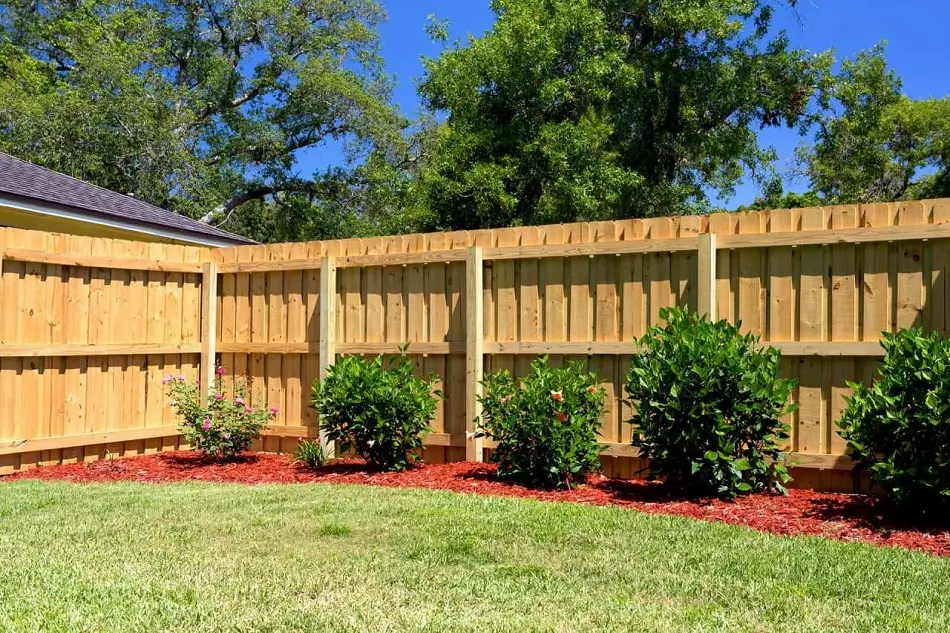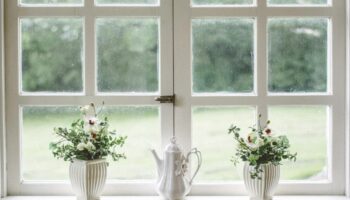In the realm of fencing options, where choices abound, one timeless classic continues to stand out – wood fencing. With its inherent charm, durability, and versatility, wood fencing has been a staple in British landscapes for centuries. As we delve into the world of fencing, let’s explore the various facets of wood fencing, understanding its types, benefits, and why it remains an enduring choice for homeowners.
Wood fencing has been a symbol of traditional British craftsmanship, adorning rural estates and suburban homes alike. The versatility of wood as a fencing material allows for a plethora of design options, blending seamlessly with the natural surroundings. From quaint picket fences to robust privacy barriers, wood fencing provides a canvas for homeowners to express their individual style.
One of the key advantages of wood fencing is its aesthetic appeal. The warmth and character of natural wood add a touch of elegance to any property. Unlike other fencing materials, wood can be easily customised and stained to match the desired colour scheme, ensuring a harmonious integration with the overall landscape. Whether you prefer the rustic charm of cedar or the stately look of oak, wood fencing allows you to achieve a bespoke and timeless finish.
When it comes to types of wood fencing, the choices are as diverse as the British countryside itself. Picket fencing, characterized by its evenly spaced vertical boards, remains a quintessential choice for those aiming to create a welcoming boundary without obstructing the view. This type of fencing is perfect for front yards, creating a charming curb appeal that is both traditional and inviting.
For those seeking privacy and security, solid panel wood fencing emerges as a robust solution. Constructed with tightly spaced horizontal boards, this style offers an effective barrier against prying eyes while maintaining an air of sophistication. Additionally, lattice fencing, adorned with crisscross patterns, strikes a perfect balance between openness and privacy, allowing for a more breathable enclosure.
Wood fencing isn’t just about aesthetics; it boasts remarkable durability, especially when the right type of wood is chosen. Hardwoods such as oak and redwood are naturally resistant to decay and pests, ensuring that your investment stands the test of time. Regular maintenance, including staining and sealing, can further enhance the longevity of wood fencing, making it a practical and sustainable choice for homeowners.
Beyond its visual appeal and durability, wood fencing aligns with environmental consciousness. As a renewable resource, wood is inherently eco-friendly, especially when sourced responsibly. Opting for wood fencing contributes to a reduced carbon footprint, making it a choice that not only enhances the beauty of your property but also supports sustainable practices.
In the context of British landscapes, where tradition meets modernity, wood fencing remains a steadfast choice. Its ability to adapt to various architectural styles while maintaining a timeless charm makes it a favourite among homeowners. Whether you reside in a quaint cottage or a contemporary townhouse, wood fencing complements the aesthetics of your property, creating a cohesive and inviting atmosphere.
In conclusion, wood fencing is more than just a practical enclosure; it’s a reflection of British heritage and a commitment to enduring style. The diverse types of wood fencing offer homeowners the flexibility to choose a design that aligns with their vision, blending seamlessly with the surrounding environment. As trends come and go, wood fencing remains a steadfast choice, embodying the elegance and timelessness that define the British fencing tradition.





